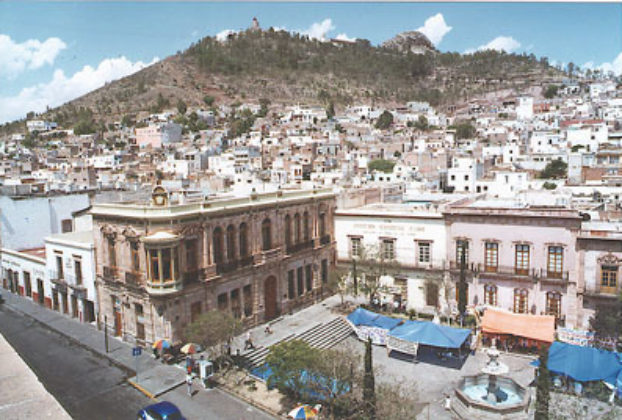Purepecha fiesta In Ajijic, Jalisco
Purepecha fiesta in Ajijic, Jalisco “Way back when”, in the mists of history, Lake Chapala was a frontier zone, a Mexican equivalent of the Wild West. Neighboring tribes of pre-Columbian Indian tribes fought over its shores, and its resources, with control swinging from one tribe to another over the centuries. To the west were the […]
Continue Reading

